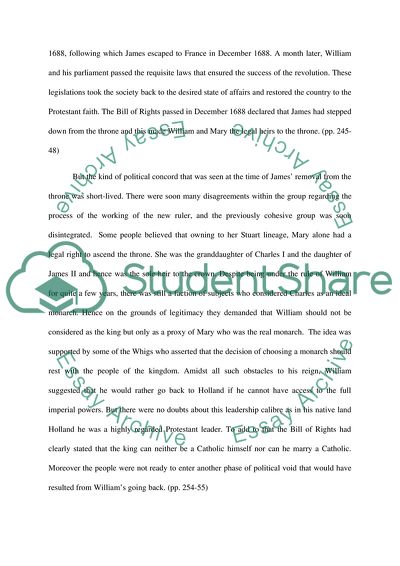Cite this document
(Revolutionary Settlement Term Paper Example | Topics and Well Written Essays - 1500 words, n.d.)
Revolutionary Settlement Term Paper Example | Topics and Well Written Essays - 1500 words. https://studentshare.org/history/1830149-revolutionary-settlement
Revolutionary Settlement Term Paper Example | Topics and Well Written Essays - 1500 words. https://studentshare.org/history/1830149-revolutionary-settlement
(Revolutionary Settlement Term Paper Example | Topics and Well Written Essays - 1500 Words)
Revolutionary Settlement Term Paper Example | Topics and Well Written Essays - 1500 Words. https://studentshare.org/history/1830149-revolutionary-settlement.
Revolutionary Settlement Term Paper Example | Topics and Well Written Essays - 1500 Words. https://studentshare.org/history/1830149-revolutionary-settlement.
“Revolutionary Settlement Term Paper Example | Topics and Well Written Essays - 1500 Words”. https://studentshare.org/history/1830149-revolutionary-settlement.


